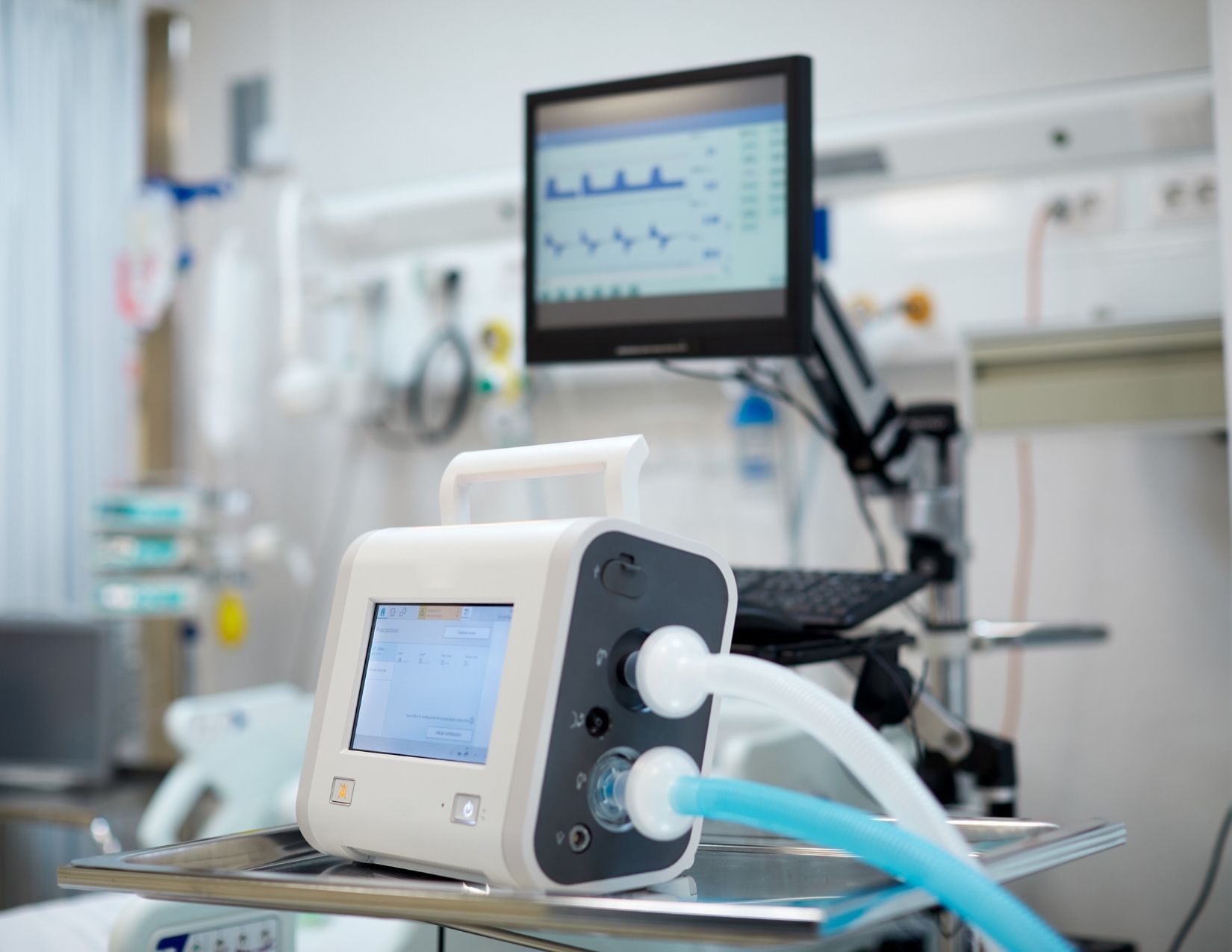
But with the addition of new technologies in cars and changing car industries, there comes a great deal of convenience, yet at the same time, new problems appear. Another significant area that is attracting more and more attention is car security. This article discusses car security, covering the results of market research, which describes the present situation, problems, and novelty ideas for keeping connected and self driving cars safe.
1. The Growing Importance of Automotive Security:
With more connected cars and soon fully self driving vehicles, the car industry requires strong security like never before. Indeed, research shows that consumers, manufacturers, and regulatory bodies are increasingly aware of the cybersecurity threats that could put vehicle safety at risk. The probabilities of cyber attacks become a big cause for concern as the car becomes more connected, relying on complex software systems.
2. Cybersecurity Risks in Connected Vehicles:
The various risks of cyber-attacks in connected vehicles are also reflected in the results of market research. These include unauthorized access to vehicle systems, the danger of data breaches, and even the manipulation of critical safety systems. With a fully connected car, the attack surface is high against malicious actors, demanding comprehensive cybersecurity strategies across vehicle functionalities to sensitive user data.
3. Regulatory Initiatives and Standards:
Automakers cybersecurity issues are quite actively dealt with by governments and regulatory groups. Researchers denote that there has been an increase in regulations to establish guidelines and a working framework for automotive cybersecurity. To date, adherence to such guidelines has become highly crucial for Original Equipment Manufacturers, who invest in security testing that caters not just to meeting the requirements but, in some cases, even exceeds those laid down.
4. Collaboration in the Industry:
The challenges of cybersecurity in the automotive industry are complicated, which has made companies work together more. Market research shows that there is a rising trend of partnerships among car makers, tech companies, and cybersecurity experts. These collaborations focus on sharing good practices, creating standard solutions, and improving overall cybersecurity strength in the automotive field.
5. Vehicle-to-Everything (V2X) Communication Security:
With the coming of V2X a vehicle talking to another vehicle and to infrastructure new threats have come. According to the market study, it is essential to take necessary measures in order to make sure that the communication channels are safe against unauthorized access and possible manipulation of critical information. Ensuring integrity and confidentiality within the V2X communications is critical to successful deployments of connected and autonomous vehicles.
6. Over-the-Air (OTA) Updates and Security:
Further, OTA update capability is a handy feature for keeping vehicle software updated. However, studies indicate that securing OTA update processes is highly essential. Ensuring the authenticity and integrity of software updates is fundamental to preventing bad actors from leveraging this approach as a means to cause disturbances or harm vehicle performance.
7. Biometric and Multi-Factor Authentication:
Biometric and multifactor authentication systems are increasingly in demand, especially with regard to vehicle safety. These work in such a way that access and vehicle usage can be granted to only authorized people. To this end, fingerprint or facial recognition like biometric authentication further adds an element of security to reduce the possibilities of unauthorized access and probable vehicle theft.
8. Artificial Intelligence in Threat Detection:
Artificial intelligence is finding applications in a rising number of car securities for threat detection and unusual activity. Journals from market research show that AI algorithms can identify strange patterns in how vehicles behave, which in turn can indicate a cyber attack. This approach enables quick detection and thereby fast response against a potential security threat, enhancing the overall safety features of the vehicle.
9. User Education and Awareness:
Market research clearly shows that teaching the users and raising awareness is one of the most important ways to reduce cyber threats. Users, also, are considerately very crucial in keeping connected vehicles safe by following proper practices like regular updating of software and keeping strong passwords and being watchful about possible security threats. Thus, manufacturers have started spending more on developing educational materials in an easy understandable way that helps the owners to learn how to keep their vehicles safe.
10. Future Prospects and Continuous Innovation:
The automobile industry continues to evolve, and market studies indicate that the future of automotive security must be increasingly improved through adaptation. Since cyber threats are constantly evolving, it requires manufacturers and other stakeholders to be on their toes through the most recent methods and technologies to outsmart any potential security risks. Advanced encryption techniques, machine learning, and behavioral analysis might turn out to be crucial in setting up the future of automotive cybersecurity.
Conclusion:
Automotive security through more connectivity and independence is gaining importance in market research. More collaborative work in the industry is in progress to address the challenges of cybersecurity by abiding by the rules of engagement and utilizing new technologies. With increasingly sophisticated connected and self driving cars, ensuring their safety and security remains an important concern. The automotive industry is making progress and working together to deal with new threats. It's ready to handle the complicated world of car security, keeping in mind that safety is one of the most important aspects in technology development.
Trending Posts

Global Silver Nanoparticles Market
The global silver nanoparticles market was valued at $2.08 billion in 2020, and is projected to reach $4.1 billion by 2027, growing at a CAGR of ~17%

LNG Bunkering – Here is something you must know!
In the current scenario of growing pollution, companies are trying to adapt more and more sustainable approach that not only gives eco-friendly result

The Basic Pension Comes - Federal Cabinet Decides On the Pension Supplement
Financial security in old age is an issue that is causing stomach pains for more and more people in Germany. Low-wage earners fear the elderly. The ba

The Future of Artificial Intelligence
In recent years, the field of artificial intelligence (AI) has witnessed unprecedented growth and transformative advancements. As AI technologies

Sailing into the future with Autonomous Ships
Autonomous Vehicles (AVs) are the uproar of this era. After airways, thanks to the companies like Tesla, that people are now getting used to see drive

Rising Demand For Uninterrupted Power Supply Is Expected To Drive The Power Rental Market
Todays world is totally reliant on electric power. There are many things which are not manageable without electricity. Power rental is a concept where

Rapidly growing IT industry coupled with the trend of bringing your own device (BYOD) is expected to provide new opportunities for growth of Cloud Collaboration
Cloud collaboration is the process of sharing and co-authoring the computer-based work through cloud technology

Factcheck on UV Disinfection for COVID-19
Many regulatory authorities and bodies believe that UV disinfection technologies can play a role in a multiple barrier approach to reducing the transm

The Global Ventilator Market Grows at a CAGR of 7.75 %
The Global Ventilator Market, which was at $688 million in the year 2016, is about to double by the year 2025, and reach a value of $1,347 million. Th

Vaccination: Vaccination Against Measles is Now Mandatory in Germany
The subject of compulsory vaccination has always heated peoples minds and caused emotionally charged discussions. The latest law in this area - the ob
Recent Posts

Growth and Future Trends of the Global In-Line UV-Vis Spectroscopy Market
In-line UV-Vis spectroscopy is a powerful analytical tool widely adopted in various industries for real-time monitoring of chemical and biological processes. This market is experiencing robust growth due to its applications in pharmaceutical.

Understanding the Growth Dynamics of the Premium Luggage Market
The market for premium luggage has grown massively over the years. This is attributed to several factors, including a change in consumer preference, increase in disposable incomes, and an overall rise in international travel.

Global Potassium Sorbate Market: Growth and Forecast
The Global Potassium Sorbate Market has gained significant traction due to the rising demand for preservatives across various industries, especially in food and beverages. Potassium sorbate, a salt of sorbic acid.

Global Venturi Masks Market Growth and Forecast
Venturi masks, also known as air-entrainment masks, play a crucial role in delivering a precise oxygen concentration to patients, particularly those suffering from chronic respiratory conditions such as COPD (Chronic Obstructive Pulmonary Disease).

Global Venous Thromboembolism (VTE) Therapeutics Market: Overview, Growth, and Forecast
Venous thromboembolism (VTE) is a critical medical condition including deep vein thrombosis and pulmonary embolism. In fact, it is one of the preventable causes of death in the hospital environment. It has experienced a substantial upsurge.

Global Vein Illumination Device Market: Growth and Forecast
The global vein illumination device market is experiencing significant growth, Due to a growing demand for minimally invasive procedures and an increase in chronic diseases, not to mention development in medical technology.

Global Vasculitis Treatment Market: Growth and Forecast
Vasculitis represents a group of disorders involving inflammation of blood vessels. It can affect parts of the body such as the skin, kidneys, lungs, and joints, and without proper treatment it may cause severe morbidity.

Global Fired Heaters Market: Growth and Forecast
The global market for fired heaters is growing at a rapid pace due to increased demand from major industries such as the oil & gas, chemical, and petrochemical sectors. Fired heaters are among the most crucial components of process heating systems.

Global Gas Flares Market Growth and Forecast
The growth in oil and gas production, environmental regulations, and a need for an effective waste gas management system are driving the global gas flares market. Gas flares are a crucial equipment in the oil and gas industry.

Global Steam Reformers Market: Growth, Trends, and Forecast
The steam reformers market is witnessing significant growth due to increased demand for hydrogen in industries like chemicals, refining, and fertilizers.
